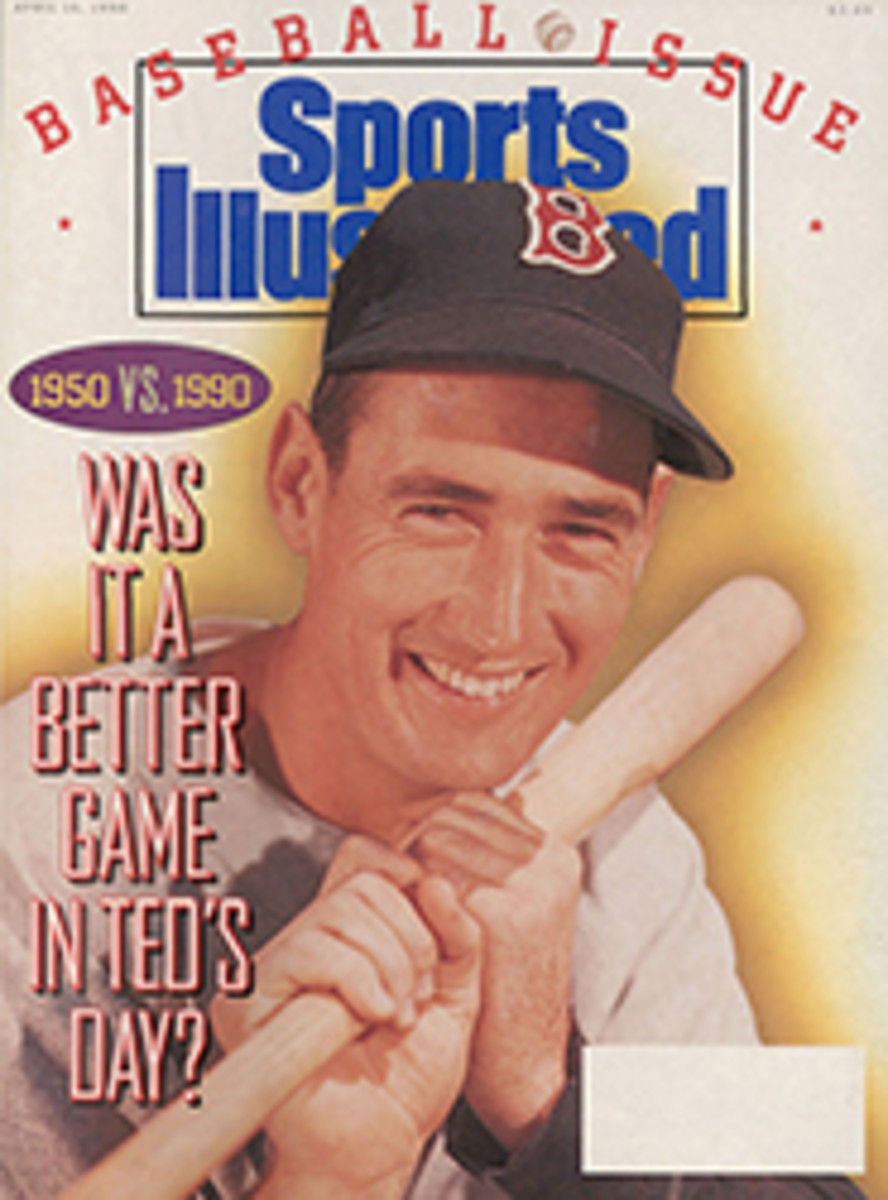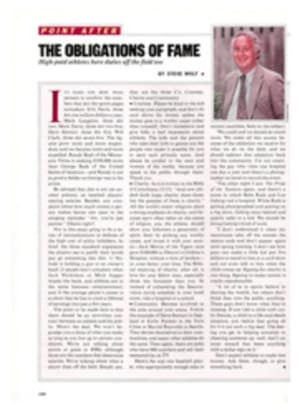
MAKING AN ICE MOVE INTO THE BOBSLED DRIVER'S SEAT
The U.S. has its first World Cup medal in bobsledding since 1987, and Chuck Leonowicz is happy but broke. Again. No sooner had the bronze medal been hung around his neck after the last race of the World Cup season, in Calgary on March 11, than Leonowicz was on his way back to Clifton Park, N.Y., to pick up his life where he had left it last September. The five-month season of sledding had cost him $32,000, and only days earlier he had sold his two-man sled to the Calgary Bobsled Club for $9,000 to help pay the bills.
"I learned my lesson the first time," says Leonowicz. "I now own a landscape company, which fits with the season when I'm not training. In a few weeks I'll be down and dirty. I hammer the nails, I plant the shrubs."
The first time around was in 1984. Leonowicz was 24—three years out of Ithaca (N.Y.) College, where he majored in P.E. and psychology—and owned three health clubs. But when he was bitten by the bobsled bug, his business suffered from lack of attention. After the 1983-84 sledding season, during which Leonowicz served as a brakeman on a four-man team that placed sixth in the World Championships in Lake Placid, N.Y., he sold the health clubs.
It seems axiomatic in amateur sports that the less the general public cares about what you do, the more it will cost you to do it. Bobsledding, for instance, which is a big deal in Europe but a leading yawn-producer in the U.S., costs a bundle. The price of a stock four-man Italian-made sled is $12,750. A custom sled will be several thousand dollars more. Then there are expenses for training and equipment, not to mention the cost of shipping a sled, by air, back and forth to Europe. For World Cup competition, the U.S.A. National Bobsled Federation provides its team members with stock sleds, some coaching and the use of the track at Lake Placid—the only one in the U.S.—for training. But the driver of the sled, which is what Leonowicz is now, is also its banker. If he would like to move into serious contention for Olympic and World Cup medals, a driver has to go the extra distance on his own, financially.
"The driver has control of his own destiny," Leonowicz says, explaining his willingness to take on the new and much more expensive role in sledding. "The brakeman does everything he can at the start, but the next 55 seconds are in the driver's hands."
He devoted the 1988-89 season to assembling a team, organizing equipment and learning to drive. At the start of this season, he bought a four-man sled built by Austrian star Peter Kienast for $17,500 and had it shipped to Lake Placid for the U.S. team trials in December. After three runs the sled was ruined. "We really did a number on it," Leonowicz says. "We didn't understand how it worked, and after our first run we did a little welding here and a little welding there, and we ruined its principles." Now the sled is back with Kienast being repaired for next season.
Leonowicz has been more fortunate with his team. In addition to Todd Snavely, a former University of Connecticut tailback who quit school five courses short of a degree in graphic design to join him, Leonowicz attracted brake-man Chris Greene, a 6'5" former decathlete who is on loan from the U.S. Marines, and Brian Leturgez, an Indiana State 400-meter hurdler.
"We've got to keep the team together for a couple of years," says Leonowicz. "Our pushes were competitive this year. We started the season two-tenths of a second off the times of the fastest push teams and ended it seven or eight hundredths of a second off."
Leonowicz's goal now is to win a medal at the Albertville Olympics in 1992. If he does, it will be the first bob-sledding medal for the U.S. since 1956. The bronze at the Calgary World Cup was just the beginning. Leonowicz admits his job was made easier when the Swiss, the world champions, skipped the Calgary event. "Sure it was," he says. "But at the World Cup in Cervinia, Italy, in February, we beat all three Swiss teams."
Meanwhile, with the spring thaw in upstate New York, Chuck Leonowicz—planter of shrubs, hammerer of nails, and bobsled driver—will be down and dirty, earning the money it will take to make it all happen.
TWO PHOTOS
BRUCE STOTESBURY/CALGARY HERALD
The risk Leonowicz took in becoming a driver (above) paid off in Calgary.
Crosbie Cotton is an editor of "The Calgary Herald. "

